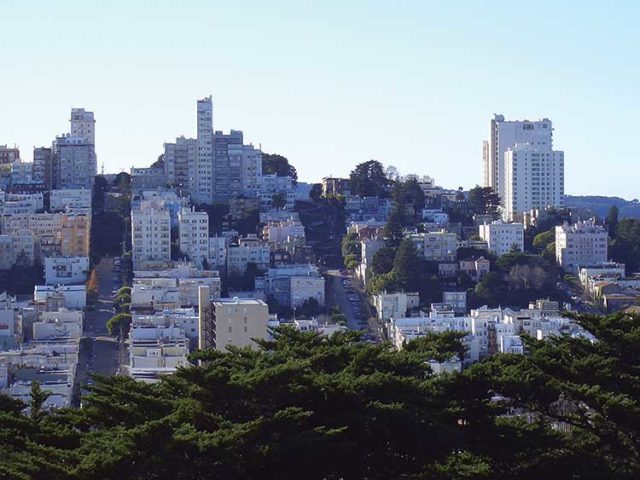We wanted to know how multiunit properties are faring in light of the pandemic and eviction restrictions. We spoke recently with real estate broker Terrence Jones and found his answers informative, remarkably candid, and probably more than a bit provocative. His comments don’t necessarily reflect our views, but they are worth hearing.
Jones and Isabelle Salvadori — the Jones Team — specialize in the evaluation, sale, purchase, and tax-deferred exchange of apartment and mixed-use buildings in the Bay Area, with a focus on the city of San Francisco.
How is the multiunit market shaping up so far in September, and what do you see happening in the coming months?
Jones: We have seen more properties come on the market in the last 30 days than we had seen in any given month since the pandemic hit in March 2020. There is a lag of a few months for people thinking about selling and listing properties for sale. So what we are experiencing now is the expected bounce back from Covid optimism that was more evident in the early summer. It is still a bit too soon to tell if the rise in the number of properties over five units on the market will result in lower prices in actual sales.
What’s going on right now that everyone is talking about?
Jones: The delta variant is the big deal. The Wall Street Journal recently wrote about the New York City office market bouncing back faster than the San Francisco office market. The multifamily market needs tenants renting units. These tenants usually come from the employed office dwellers in San Francisco companies. If offices are not opening as fast as expected due to delta, then our local market recovery will take longer.
One other issue is the proposed Biden administration redrafting of the 1031 exchange laws. This could potentially hinder the sales of multifamily properties throughout America. If small mom-and-pop owners cannot trade up to larger properties any longer due to modifications in the 1031 exchange laws, then the only buyers will be big institutions like CalPERS, OhioSTERS, and Prudential Insurance.
What do you see going on in the market that no one is talking about?
Jones: It is surprising how little the local media is talking about how bad the city’s quality of life is right now. A recent Economist article called out many of the city’s issues and noted how the city government is dysfunctional and corrupt with a bloated $13 billion budget. Hopefully the DA recall, school board recall, and bribery charges brought against city officials will put some fire under the city’s electeds to swing back toward some sense of saving the city.
One landlord we talked to indicated that tenants in San Francisco have been able to pay rent for the most part throughout the pandemic, whereas tenants in outlying counties have not always done so. Have you seen this same thing?
Jones: It is hard to tell on this. The San Francisco political machine is heavily weighted in favor of tenant’s rights. I actually think we may have seen more tenants not paying rent in San Francisco, because the government and tenant industrial complex is so strong here.
Has the profile of multiunit buyers in San Francisco changed much over the past two years?
Jones: We have seen an influx of international buyers recently come to the city, seeking bargains. Unfortunately for them, the bargains have not really materialized, but nevertheless this has added demand pressure to the buying pool. The sales of larger buildings over 16 units have been dominated by a handful of known local investor groups for the past 10 years. These buyers have been in the market and have picked up well-priced properties throughout the pandemic, but at a slower pace than prepandemic levels.
Sadly, the Tenderloin — with its open-air drug markets, death, and crime — has been expanding up the hill toward Union Square. There are no buyers for properties in the Tenderloin due to the mayhem, and the city’s hotels are not happy about the Diva Hotel being turned into a homeless hotel right across the street from the theater that once drew so many travelers to our town.
Anything else you’d like to add?
Jones: The weather is better here in San Francisco than anywhere else in the world. Carl, the fog machine, keeps the fires at bay throughout the summer, even when it is so awfully hot and potentially smoky in the valley. Our winter weather is mild, and there is never a need to shovel snow. Our proximity to the center of the [Venture Capital] world and Bay Area universities draws people from everywhere. San Francisco will bounce back, but the pace depends on if and when the corruption “flush” happens in the city’s government.
Feedback: [email protected]




